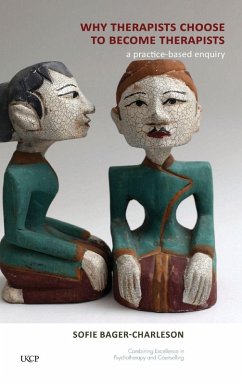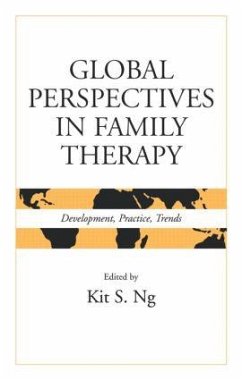
Intentional Intervention in Counseling and Therapy
Goals and process in client engagement
Versandkostenfrei!
Versandfertig in 1-2 Wochen
143,99 €
inkl. MwSt.
Weitere Ausgaben:

PAYBACK Punkte
72 °P sammeln!
Intentional Intervention in Counseling and Therapy answers three questions: What heals in counseling and therapy and how? What actions in clinical decision making ensure an optimal outcome for the client? And why are some clinicians more successful than others, apparently remaining so over time?














